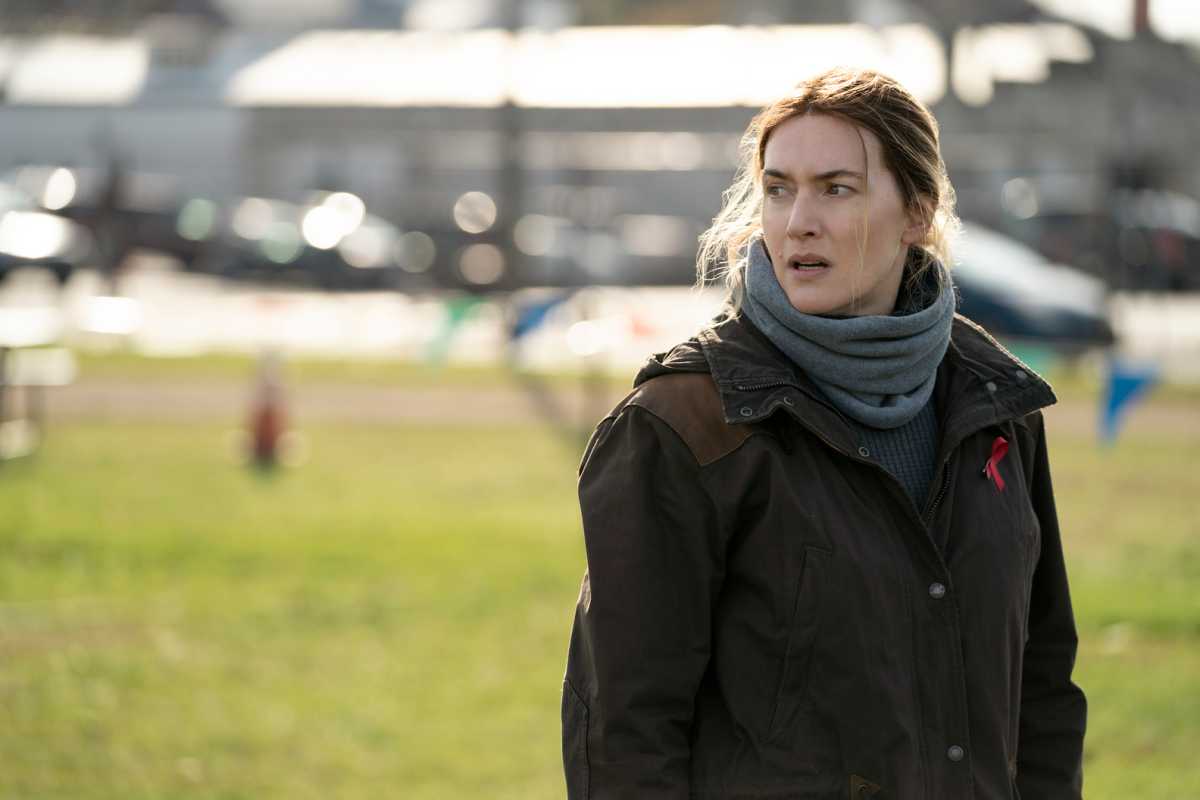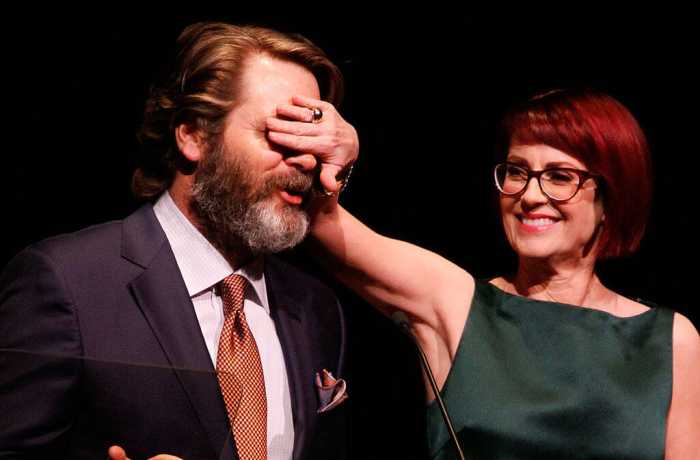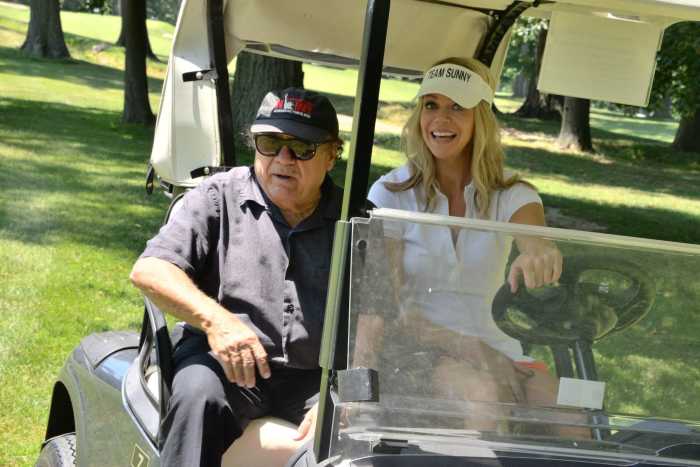HBO’s ‘Mare of Easttown’ has caught audiences’ attention for the past five weeks, and for good reason. The show from Brad Ingelsby (‘Out of the Furnace’, ‘American Woman’) follows a small-town detective who is on the helm of solving a missing persons case on top of a vicious homicide—and in the small tight-knit community of Pennsylvania, it becomes even more complicated.
Ingelsby penned the latest show with inspiration from his hometown (right outside of Philadelphia in Berwyn) and from the central and polarizing character of Mare (Kate Winslet,) who he says popped into his head and was the driving force. However, to craft the feel and aesthetic of such a blue-collar city, show-runners need help, and that’s where the production designer and costume designer comes in.
“It’s not just about making a cool set… It’s about the mood and the tone of a film and locking in those design parameters and sticking to it,” says production designer for ‘Mare’ Keith Cunningham. Cunningham grew up in Chicago and originally was studying in the field of architecture before turning his skills to the screen, and specifically in the way a show and film feel. “My daily [work] would be to have this communication with the director, the DP, costume designer and decorators about what our show is or whatever our genre is. Then when we decide what’s going to be built. It’s applying those so-called rules that we set for ourselves, and once we do that, it helps the team and the crew and every other creative mind with what to contribute.”
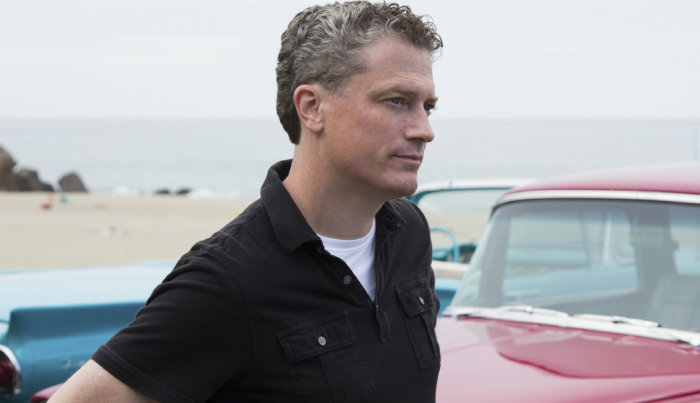
Cunningham has worked with other Hollywood greats such as Steven Soderbergh on films like ‘Erin Brockovitch’ and beyond, but it was the subtle and unembellished styles of film that first piqued his interest, specifically along the lines of films like ‘Field of Dreams.’
“That’s the kind of movie where it’s like what did the designer do? You know, how do they work with the director and the DP to pull that off? It was like a simple movie like that that really intrigued me,” he says.
Cunningham has worked with Ingelsby before as well on recent features films such as ‘The Way Back,’ which came out in early 2020 and starred Ben Affleck. Having that sense of connection with Ingelsby helped with the work on this show, which is all about a community and the characters who call it home.
“It’s so detailed from where he [Brad] grew up. He and I just had a great relationship because I’m from Chicago and my family is also very blue collar. So we were speaking the same language in terms of just hard working people just getting by in their lives, and with their physical environment, we had a great sort of background,” explains Cunningham. The production designer also used the terms “blue collar poetry” and “artfully modest” when describing what vibes he was aiming for when looking at the area of Easttown.
“It was about finding the hurting and the healing in people’s lives and trying to find a way to describe that visually. The story is heavy: There’s the murder mystery at the heart of it, Mare’s got secrets and some things in her life that are kind of traumatic… but we did not want to make it feel bleak just for bleak sake. There’s lots of humor and love and light within the things that we really want to find and define through all these characters’ residences. It’s layering that and finding how to make it authentic,” he says.
Authenticity lies everywhere in Mare’s world and we as the audience are supposed to see it through her eyes. Just take her quilt on her bed, which we see in some scenes throughout the show. That actually started out as a vision board for the production team and it made it to screen not as an easter egg per se, but more so as a subtle visual metaphor.
“This one is definitely all about the characters, the truth to the story and authentic community vibe and how to express that, and there we really start with Mare and her world. You see that Mare touches everything, and we see it all through her eyes,” he says.
Just like with the world surrounding the characters, what they wear is also an expression of who they are. To help tell that story, you need a costume designer who will work closely with other creative heads on helping to move the story along.
“One big difference: With fashion it’s always about trends, whereas with film it’s about storytelling with the character,” says Meghan Kasperlik, who worked on the wardrobe for ‘Mare.’ Kasperlik grew up in the Midwest and moved to New York to work in fashion PR and then as a stylist. It was when a roommate told her about a job as a costume PA on a show that she then made the jump to TV and film, while getting to work with some of the greats such as Patricia Field, who worked on ‘Sex and the City.’
“As I started working with other designers and started doing my own stuff, [I realized] not every single story building was going to be about fashion,” Kasperlik says. “We’re going to have people who were going through hardships and kind of very dramatic stories, and so it wasn’t about how the fashion-forward or trendy they are. Directors don’t want to necessarily have the focus be on the costume, they want it to be a story.“
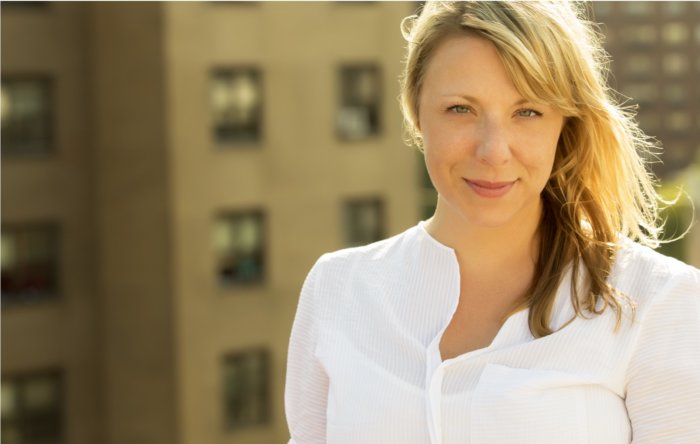
For a show where the characters truly drive the story, Kasperlik had to individually decide what worked for which character, similarly to Cunningham when deciding where each person should live. But costume-wise, there needs to be research and collaboration.
“I always like to sit down with the director, the writer and say: What does this character do? What is their back story? As much of a back story as I can get, I feel like that really helps say who the person is,” says Kasperlik. That also went into her research as well when looking at surrounding areas for costume inspiration. That means scouring sub shops, parks, restaurants and yes, Wawa’s in Chester County, Delco and surrounding areas of Philadelphia to find it.
But there’s so much more that goes into creating a “blue-collar” world. It’s having the characters be real: They don’t own Carrie Bradshaw’s closet or have an extensive amount of clothes. Or maybe, it means having curlers in their hair from the night before or even having a tissue or trinket in their one jacket to make it more believable.
“Little details like that I find really important to character building, and a lot of times the audience may not see it, but I think it really helps develop the character with the actor. We try to put things like that and more with other characters that are in the show…We don’t necessarily know their profession, but talking about the back story and finding out oh, if you’re in construction, you have this type of tear in your pants because you were down on one knee or something [along those lines.] I really try to talk to the actors as much as possible about those details and incorporate that even if the audience’s don’t notice. Character development happens in the fitting room.”
Catch ‘Mare of Easttown’ Sundays on HBO.



